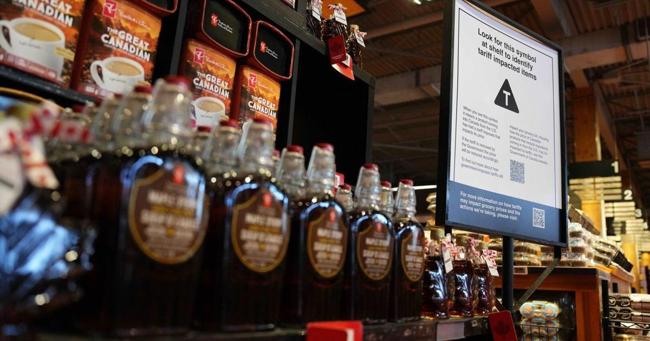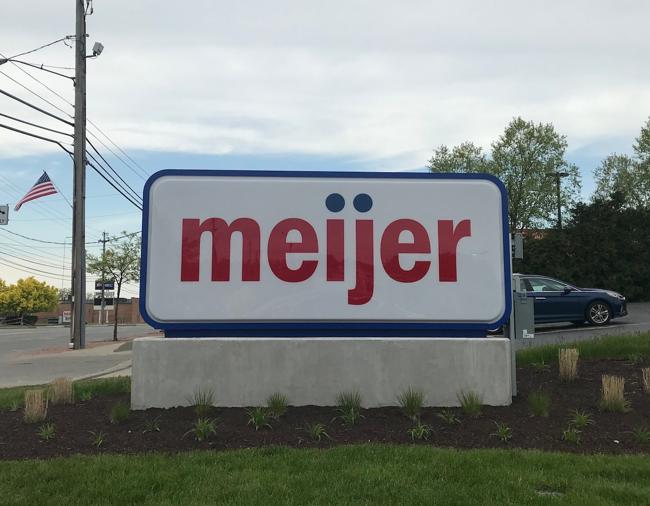Summary
Despite the annual pace of inflation cooling last month, Statistics Canada says consumers continue to pay higher costs for groceries.
Source: The Star

AI News Q&A (Free Content)
Q1: How have grocery prices in Canada changed compared to overall inflation in recent years?
A1: According to Statistics Canada and recent analyses, grocery prices in Canada have been increasing at a rate outpacing the overall inflation rate for three consecutive months as of June 2024. This trend follows the global inflation surge that began in 2021, influenced by pandemic-related supply chain disruptions, increased demand, and other economic factors. While overall inflation rates have started to cool, grocery prices remain persistently high, indicating specific challenges in the food supply chain and market dynamics.
Q2: What is price gouging, and how has it impacted grocery prices during recent economic disruptions?
A2: Price gouging refers to the practice of raising prices on essential goods to an unreasonable or unfair level, often after supply or demand shocks such as natural disasters or pandemics. During the COVID-19 pandemic and subsequent supply disruptions, instances of price gouging were reported in grocery markets. Regulatory measures in Canada and other countries aim to prevent exploitative pricing, but supply chain issues and increased demand have still led to notable price increases in food and basic necessities.
Q3: What technological innovations are being developed to make grocery delivery more efficient?
A3: Recent scholarly research highlights the development of computational approaches for grocery home delivery services, focusing on optimizing delivery time windows and logistics through advanced algorithms. For example, the 'Attended Home Delivery' (AHD) framework uses vehicle routing and mixed-integer linear programming to efficiently schedule deliveries, minimizing wait times and improving service scalability. This innovation addresses consumer convenience and cost-effectiveness in online grocery shopping. (Source: 'Computational Approaches for Grocery Home Delivery Services', Truden et al., 2021)
Q4: How are artificial intelligence (AI) and data analytics reshaping the grocery retail landscape post-pandemic?
A4: AI and data analytics have become central to retail innovation, especially following the disruptions caused by the COVID-19 pandemic. Retailers have increasingly adopted AI-powered tools to manage inventory, predict consumer demand, and enhance logistics for online grocery orders. These technologies help retailers adapt to sudden changes in consumer behavior, such as panic buying or shifts to online shopping, and improve operational efficiency and customer experience. (Source: 'Retail Analytics in the New Normal: The Influence of Artificial Intelligence and the Covid-19 Pandemic', Adulyasak et al., 2023)
Q5: What are some of the latest innovations in smart grocery tracking and home automation?
A5: Recent advancements in smart home technology include vision-based automatic grocery tracking systems that integrate object detection, supply chain management, and user food interest prediction. These systems aim to automate the process of tracking household groceries, predicting needs, and even placing orders automatically, thus reducing food waste and optimizing household consumption. Such innovations represent a leap toward fully automated smart homes. (Source: 'Vision-Based Automatic Groceries Tracking System -- Smart Homes', Mereddy, 2023)
Q6: How have Canadian consumers responded to rising grocery prices amid inflation?
A6: In response to rising grocery prices, Canadian consumers have increasingly shifted to discount retailers, such as No Frills, and have adjusted shopping habits by seeking out promotions, buying in bulk, and reducing discretionary spending. These adaptations reflect broader trends in consumer behavior during periods of high inflation, as households prioritize essential purchases and look for ways to stretch their budgets.
Q7: What role do smart supermarkets and automation play in addressing grocery inflation and consumer demand?
A7: Smart supermarkets leverage technologies such as IoT, real-time inventory monitoring, and automation to streamline operations, reduce waste, and maintain product quality. These innovations can help mitigate inflationary pressures by improving supply chain efficiency and reducing operational costs. Additionally, they enhance the shopping experience for consumers while supporting sustainability and food safety goals. (Source: 'SysMART Indoor Services: A System of Smart and Connected Supermarkets', Raad et al., 2019)
References:
- 2021–2023 inflation surge, https://en.wikipedia.org/wiki/2021–2023_inflation_surge
- Price gouging, https://en.wikipedia.org/wiki/Price_gouging
- No Frills (grocery store), https://en.wikipedia.org/wiki/No_Frills





